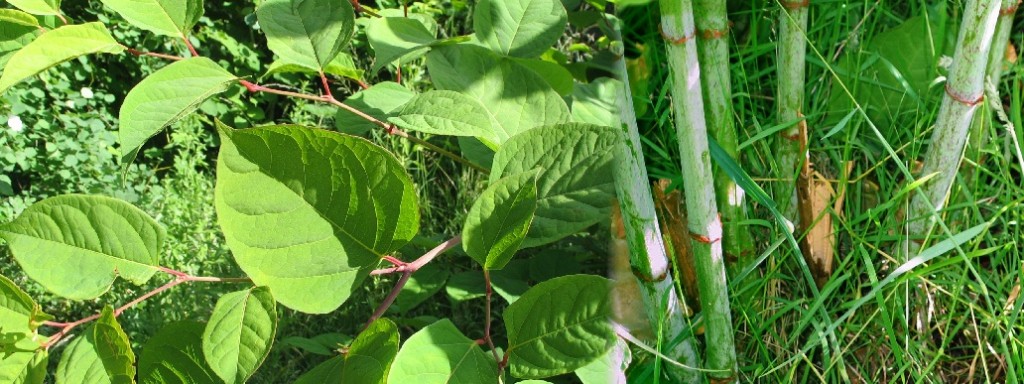|
Japanese knotweed (Fallopia japonica) was first brought to Britain in the mid-nineteenth century as an ornamental garden plant. Since then it has caused serious problems in a range of habitats – particularly roadsides, riverbanks and derelict land – by displacing native flora and even causing structural damage. Every year, Japanese Knotweed causes £150 million worth of damage and disruption throughout the UK. Some waterways become choked, railways need constant attention and many development sites become overrun by the plant. In 2010, the government licensed the release of a biological control against Japanese knotweed. A new procedure is now in place in Dibbinsdale involving Stem Injection, and results have so far shown it to be rather effective at killing off the plant, apparently both above and below the ground. This is an important distinction, as Japanese Knotweed is a rhizome based plant, so the roots must be killed in order to destroy the plant. |
Friends of Dibbinsdale
Supporting Brotherton Park & Dibbinsdale Local Nature Reserve

